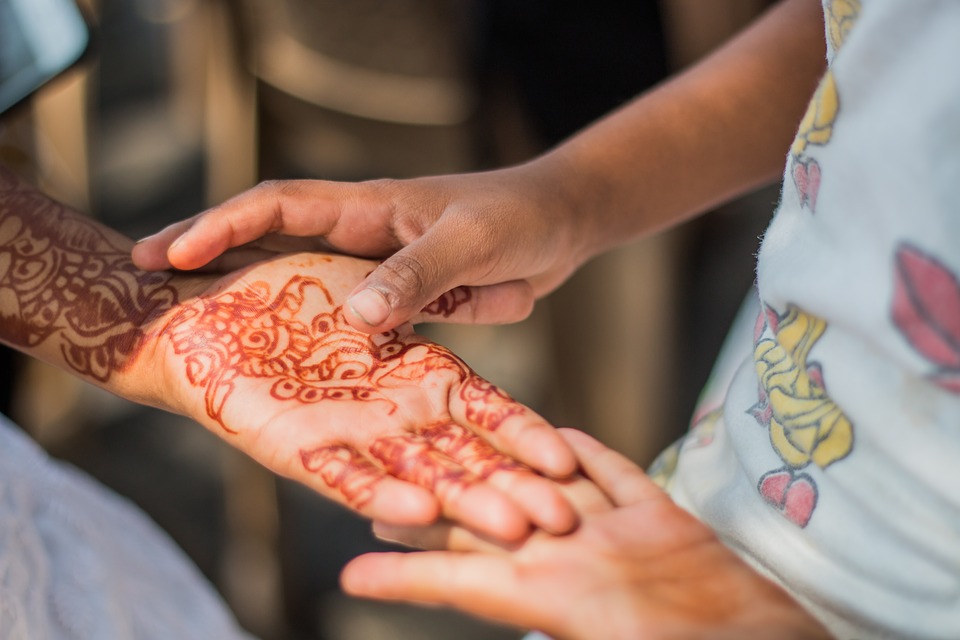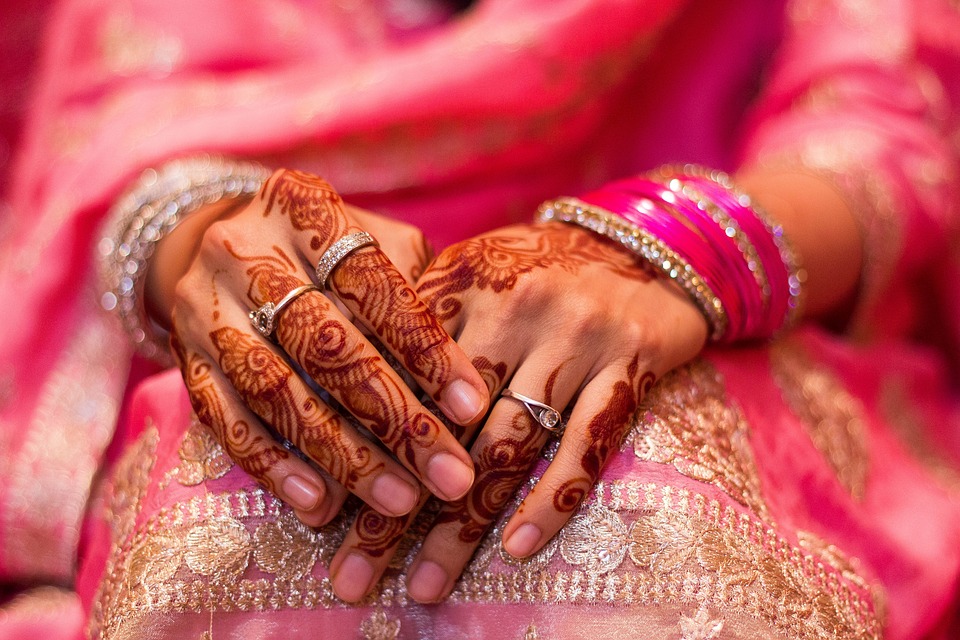
This week is Creativity and Wellbeing Week, celebrating creativity in all its forms and how getting those creative juices flowing can really benefit our health and wellbeing. There are events going on all over the UK this week, so if you’d like to get involved, click here for what’s on near you. If you can’t make it to any of the events, then not to worry, as this week’s blog features a new activity for you to try to help enhance your wellbeing.
Doing something creative each day can help us feel more positive. The positive effects of engaging in a creative activity can last for over 24 hours. That is, if we do something creative on a Thursday, we are likely to still experience the positive effects on our mood on the Friday. Research has shown that those of us who do something creative each day rate our social relationships as more rewarding and supportive.
Even if we don’t manage to get creative every day, regularly engaging in a creative activity can help us feel better within ourselves and positively impact other areas of our lives such as:
- Improving our problem solving skills
- Increasing our resilience to negative or stressful situations
- Alleviating psychological distress such as anxiety and depression
- Expressing ourselves more clearly
There are so many ways to be creative – we covered rhyming poetry in a previous post – and this week’s activity involves the three D’s – drawing, doodling and designing. Inspired by last week’s Eid celebrations and friends’ wedding celebrations, we are going to create our own Mehndi (henna) designs.

What is Mehndi?
Mehndi is an ancient form of body art. Specifically, it’s the application of henna as a temporary tattoo. The art of Mehndi has reportedly been around for over 5,000 years, dating back to Ancient Egypt. The Egyptians would paint henna on mummies before they were buried and Cleopatra used henna to decorate her body.
Today, Mehndi is commonly featured in wedding celebrations in South Asia, North Africa and the Middle East (and in expatriate communities from these regions). A ceremony, called ‘The Night of the Henna’ involves applying henna to the hands and feet of the bride-to-be as well as other members of the wedding party. Ornate, complex patterns are said to symbolise joy in getting married and a desire for luck.
Mehndi is also used to celebrate special occasions such as engagements, pregnancy, giving birth, Diwali, Eid and many other celebrations. Designs may range from floral, lacy and paisley patterns to dots, stripes and geometric designs.
How can Mehndi benefit my wellbeing?
Although the research on Mendhi and wellbeing appears to be extremely limited, drawing and doodling – which feature in the Mehndi design process – have been shown to improve wellbeing. For example:
- Doodling can improve our concentration
- 80% of people in a drawing and painting course experienced improved confidence and motivation
- Engaging with visual art can release endorphins in the brain. These chemicals help us feel good, enhance our mood, help with stress relief and relaxation
Additionally, concentrating on a creative design task can help us achieve ‘flow’. Flow experiences are those that engage our whole bodies and result in us concentrating, ruminating less and not focusing on time passing us by. When we experience flow (through being creative) we tend to have higher self-esteem, value ourselves more and feel more useful – all of which contribute to our wellbeing.

Make your own Mehndi
Today’s activity is to make your own Mehndi. You can include whatever doodles, drawings or patterns you like in your design, the main thing is that you enjoy it. If you’re stuck for inspiration, Instagram, YouTube and Pinterest have thousands of ideas.
The worksheet has the outline of a hand for you to draw your design onto. However, if you want to design your Mehndi on a different body part i.e. a foot, feel free to use a blank piece of paper. Click the link below to download the worksheet. For this week’s activity, you will need to print it off and fill it in by hand.
If you enjoy creating a Mehndi design, or feel that the process of designing a Mehndi has helped improve your wellbeing, please do get in contact and share your design and/or your story!
I share wellbeing-related research, news and stories on twitter and Instagram in between weekly blog posts so do follow @15minwellbeing on both platforms to keep up to date. As this week’s post is about Mehndi, I will also be sharing examples of designs over the next week.
